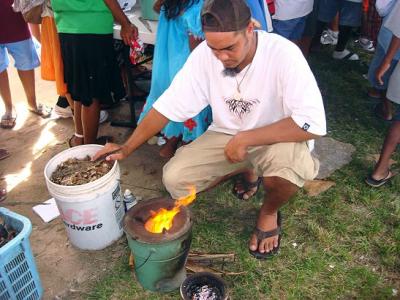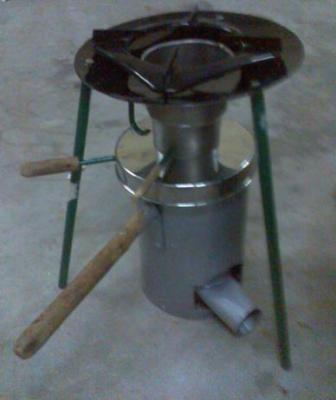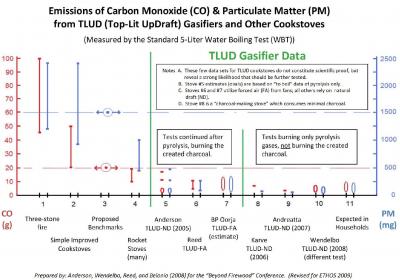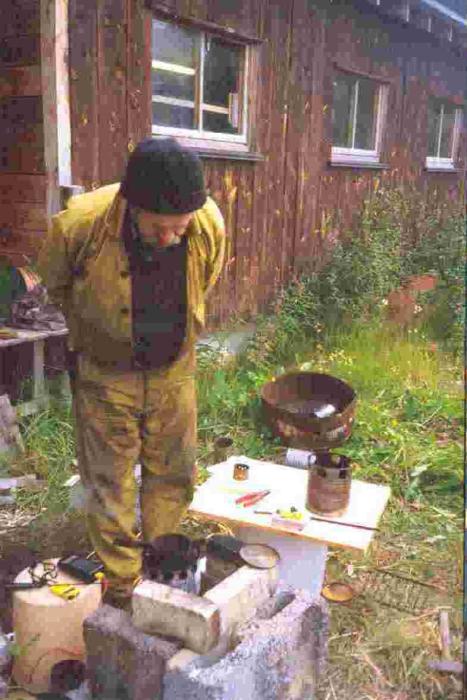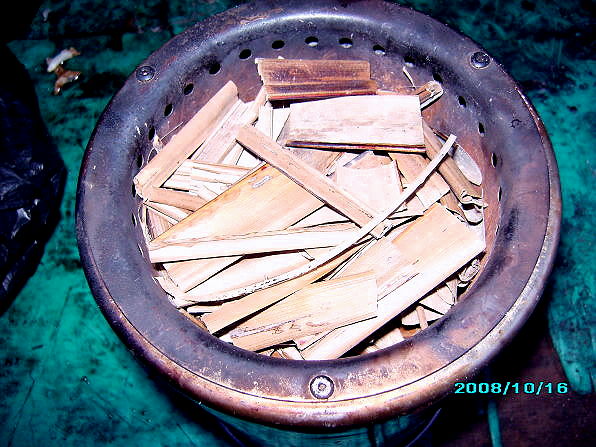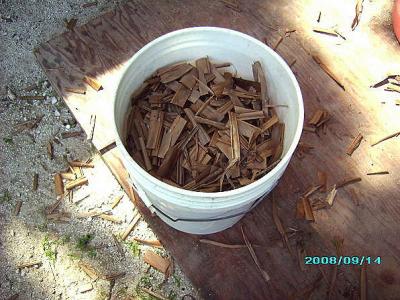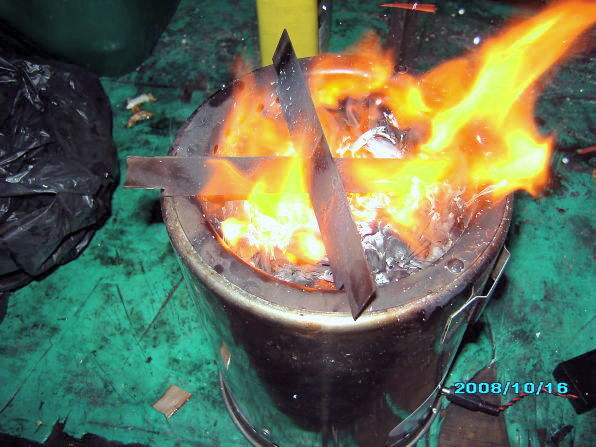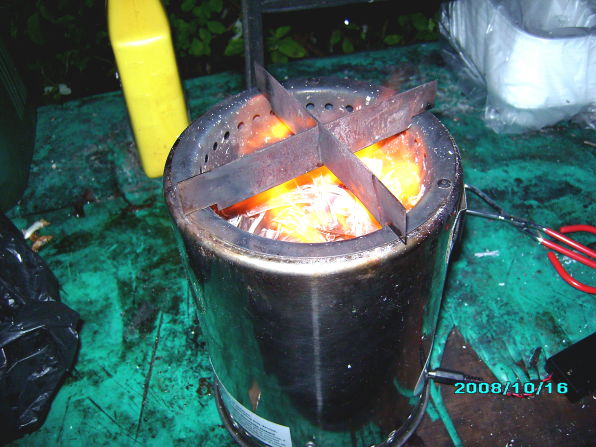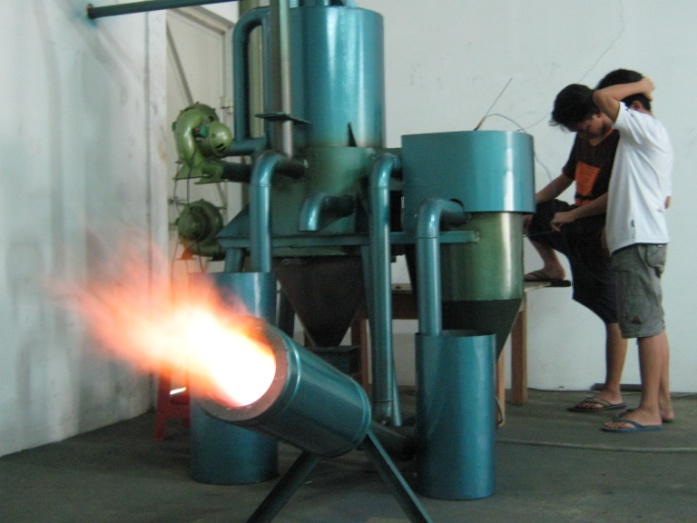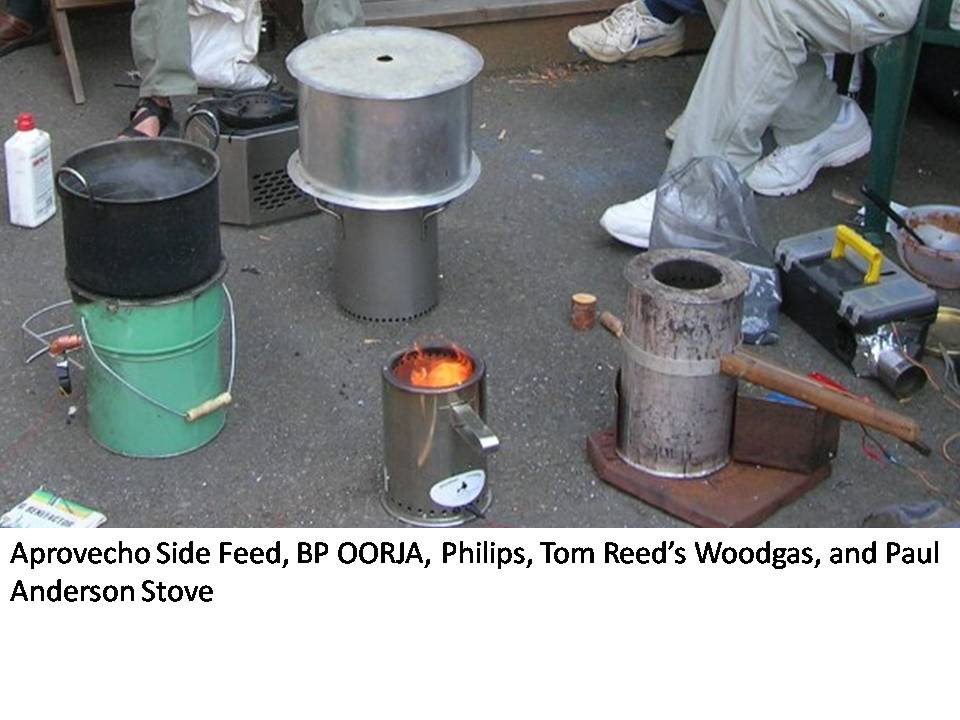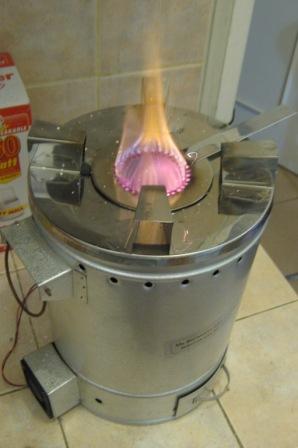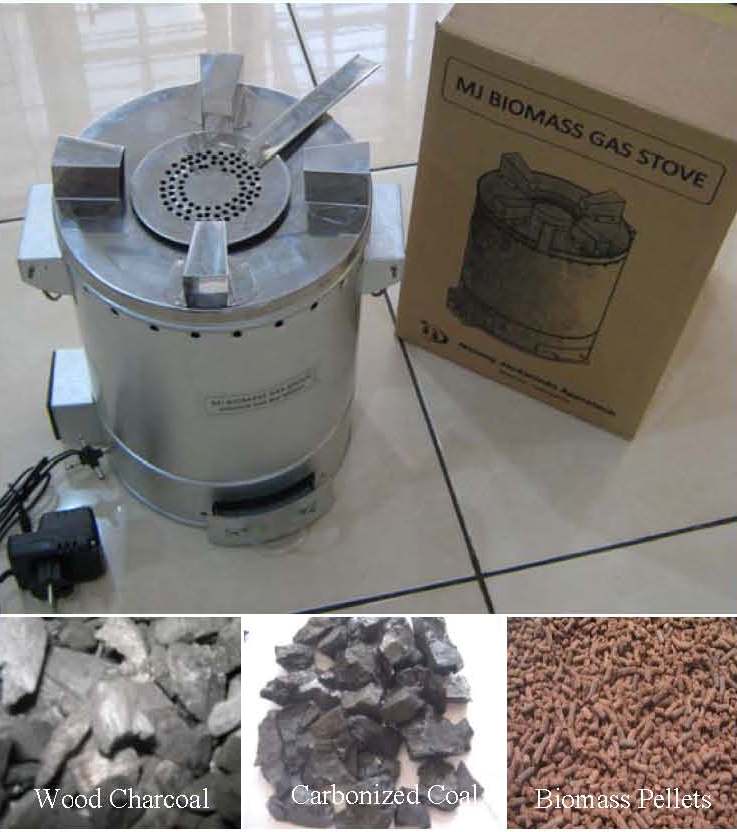Marshall Islands Energy Fair--- Stoves March 2009 Michael Trevor, Marshall Islands,March 8, 2009
See slide show attached. I did this in conjunction with a Woman's Club, "Kare in Okrane." Essentially, "Women of the Break of Dawn," a reference to women getting up a the break of day to prepare for the family's day. We did have hundreds of observers and a strongly expressed interest. In this case the rocket stove had the clear edge. Burning fuel is what people understand. Women have been doing it at their grandmother's knee since childhood. The Solar oven probably came in second. Here it was much like a microwave. I had to constantly open it up and invite people to touch the pot. Ouch, that it hot, hey it does work. What can you cook in it? Sadly the TLUD was more of curiosity. . The kerosene/propane like flame did surprise people, and I repeatly brought up charcoal and terrapreta as a benefit over time. However, the small size and short burn worked against it. I simply switch between two to resolve this. Best Regards to all Michael Trevor mtrevor@ntamar.net

